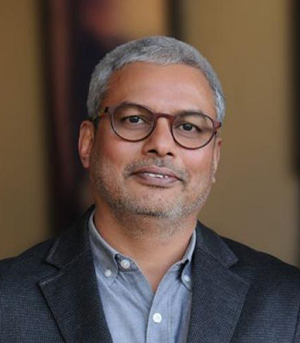Tommy Bain
B.S. in Renewable Materials, ‘15
Head of Customer Care and Grading Support Manager, MiCROTEC

Tommy Bain (Renewable Materials, ‘15) is the head of customer care and a grading support manager at MiCROTEC, Inc., which provides high-tech scanning and optimization solutions for the wood processing industry. His journey as an undergraduate studying wood science to his current role at MiCROTEC is a testament to the importance of hands-on learning and relationship building in a technical field.
“I really enjoyed the senior year weeklong classes where we traveled and visited several locations within the wood products industry,” said Bain, reflecting on his time at OSU.
This experience provided a well-rounded view of post-graduation opportunities and led to the job he secured right after college and has held for over a decade. The COF’s emphasis on scientific problem-solving and teamwork was also instrumental in shaping Bain’s career.
“It gave me experience getting used to the scientific method of solving problems and taught me how to work as a team to accomplish common goals,” he said. These skills have been key in his role at MiCROTEC, where he leads two teams of support technicians focused on both hardware and software quality control for lumber and log grading machines.
Bain’s role at MiCROTEC involves ensuring that customers’ machines are operating at their best and consulting with them on how to best utilize software to minimize fiber loss and maximize profits. What he loves most about his job is the opportunity to build strong relationships with coworkers, employees and customers. His work has also allowed him to travel the world and witness how different cultures work and live.
His advice to current students considering a career in forestry is to embrace technology, develop teamwork skills and focus on communication.
“There are very few remaining jobs that don’t require some use of computers, math or critical thinking and problem-solving skills,” Bain said. “Take public speaking and technical writing skills courses, and learn to work together with whatever team you’re put on.”
Camille Swezy
M.S. in Sustainable Forest Management, ‘20
Biomass Forestry Consultant, Mule Ears Consulting

Camille Swezy (Sustainable Forest Management, ‘20) is a biomass and forestry consultant at Mule Ears Consulting. Her journey through the Collegeof Forestry shaped her career into one rooted in environmental conservation and sustainable forest management. One of her favorite memories at the college was her experience in Forest Operations Analysis (FE 440).
“Looking back, I learned so much in that class, and it ended up informing my Master of Forestry project and the line of work I’m in today,” Swezy said. “The college exposed me to a range of topics and fields of study in the forestry world.”
This variety prepared her for the diverse work she currently does. As a California registered professional forester, she specializes in low-value wood and biomass utilization, conducting wood supply assessments for entities working on wildfire prevention and forest health. Swezy also coordinates forest management projects for small landowners and is a consulting grant writer for wood energy facilities, sawmills, non-profits and resource conservation districts.
“What I love most about being a consultant is I get to help many entities achieve success at the same time,” she said. “There is a lot of need in California to advance forest and fuels management work and I enjoy working toward that goal from many angles.”
Her advice for students that are considering forestry is to take a range of classes to gain diverse experience and knowledge. She noted that forestry is interdisciplinary, and having a strong foundation in a variety of forestry-related topics sets future graduates up to succeed in the field.
A version of this story appeared in the Spring 2025 issue of Focus on Forestry, the alumni magazine of the Oregon State University College of Forestry.













